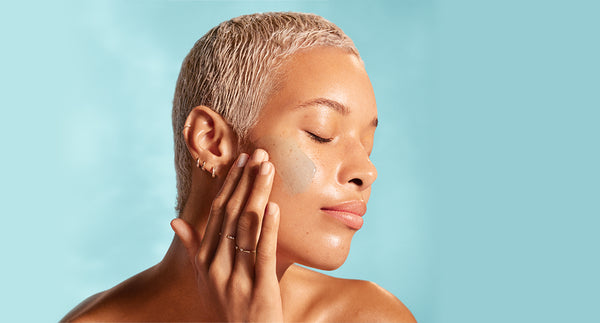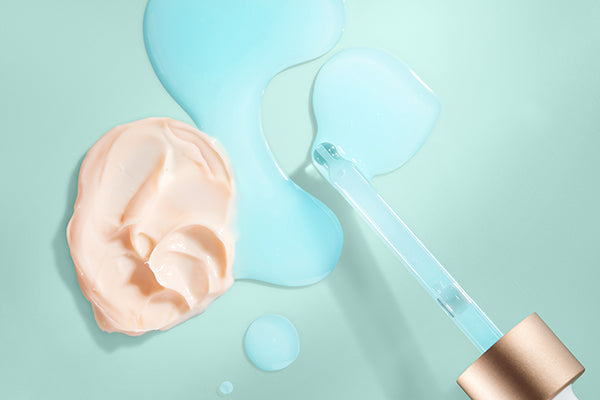
If you’ve ever watched a skincare TikTok or read a product description, chances are you’ve heard of the skin moisture barrier. But what is it? And how does it work?
Join us for a deep dive into the science behind the skin moisture barrier and learn how barrier repair is a key component to healthy, radiant skin.
What Is The Skin Moisture Barrier?
What we commonly refer to as the skin moisture barrier (aka “acid mantle”) is actually a layer of actively shedding skin cells on the outermost part of the epidermis called the stratum corneum. While it’s only a few microns thick, the stratum corneum is the body’s first defense. Its function: seal in moisture and electrolytes while protecting the skin from irritants and bacteria.
The stratum corneum is made up of two layers of corneocytes, which are skin cells that have been sacrificed to shield the underlying layers. The uppermost layer of corneocytes, which is what we see in the mirror, is the loosest layer of the stratum corneum. The lower layer of corneocytes is made up of larger, more rigid cells that are more hydrophobic, meaning they repel water.
A layer of intracellular lipids acts like mortar between bricks, holding the two layers of corneocytes together to maintain the skin moisture barrier’s integrity. They also mix with sebum on the skin’s surface to form skin surface lipids (SSL).
Healthy levels of intracellular and skin surface lipids enable the skin to pull moisture from the air to rehydrate itself and prevent transepidermal water loss (TEWL).

How Do You Know If You Have A Damaged Moisture Barrier?
Trans epidermal water loss (TEWL) is the scientific process that describes a damaged moisture barrier. When TEWL occurs, moisture escapes, causing the skin to become dry and irritated. That dry, tight feeling you get after using a harsh cleanser? That’s what TEWL feels like.
Other signs of a damaged moisture barrier include:
What Causes A Damaged Skin Barrier?
Common causes of a damaged moisture barrier include:
In other words, modern life can cause a compromised moisture barrier. But there’s good news: we can fix it.
Skin Barrier Repair 101
The skin’s ability to repair itself is nothing short of remarkable. With a little help from the right skincare, you can repair your moisture barrier and restore your skin to health. To do this, you need to add moisture back into your skin, then seal it in to help restore the lipid layer and repair your skin barrier.
Our 4-Step Skin Barrier Repair Routine
- Squalane + Amino Aloe Gentle Cleanser. Sugarcane-derived squalane and organic aloe vera leaf juice soothe and hydrate while our amino acid complex digs deep to remove pollution and impurities from pores.
- Squalane + Copper Peptide Rapid Plumping Serum. A blend of three clinically-proven hydrators (hyaluronic acid, polyglutamic acid, and squalane) help restore lipid function while collagen-boosting copper peptides leave the skin plump and bouncy.
- Squalane + Omega Repair Cream. Omega fatty acids and plant sterols mimic the moisture found in your skin and are easily absorbed, while ceramides help maintain and prevent moisture loss.
- 100% Squalane Oil. Bioidentical to the moisture in human skin, our sugarcane-based squalane oil seals in moisture and helps active ingredients penetrate deeper.










Christine Tusher
Author
As a lifestyle writer and journalist, I’m excited to bring my passion for storytelling to Biossance as an Engagement Content Writer. Two things you should know about me: I have a deep love of the ocean (especially sharks) and I’m obsessed with clean beauty. My bathroom cabinet is literally overflowing with my many-layered sustainable skincare routine. This combo is what led me to buy my first bottle of Vitamin C Rose Oil. I was so impressed by the way it improved my skin that I wanted to shout this brand from the rooftops. Three years later, and here I am doing just that. I’m excited to be on this journey of clean beauty innovation with Biossance, and to share it with you here on the blog.